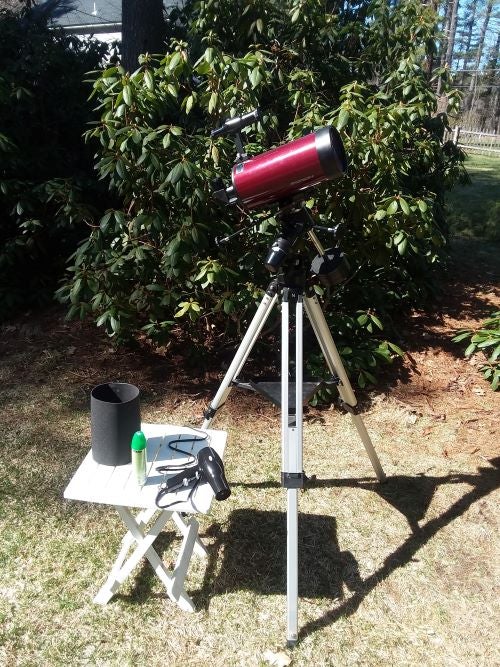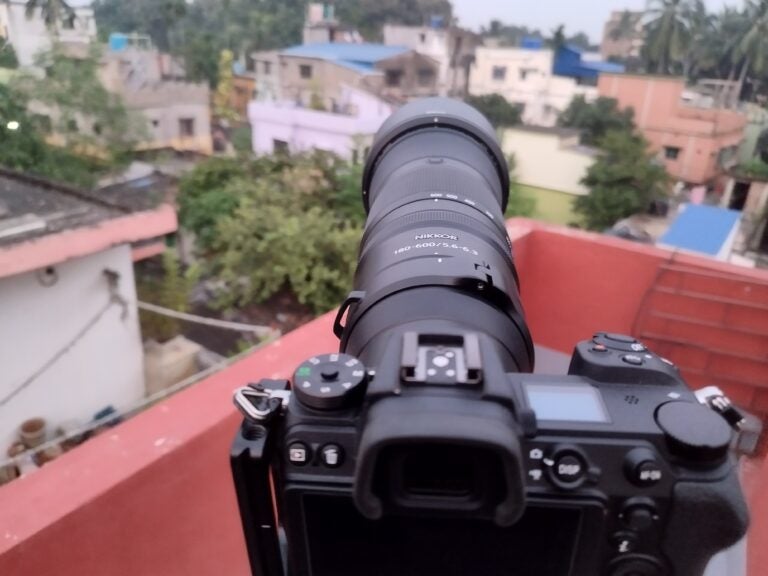One of the all-time classic summer-themed hits is the 1902 song “In the Good Old Summertime,” written by George Evans (music) and Ren Shields (lyrics). I don’t know much about either songwriter, but I can make the following statement with the utmost confidence: Neither was an amateur astronomer.
Summertime astronomy for Northern Hemisphere observers, especially those who live in higher latitudes, is nothing less than a nightmare. We suffer from three seasonal ills: god-awfully late sunsets, god-awfully hazy and humid weather, and god-awfully annoying mosquitoes.
What can we do to combat these summertime maladies? We’re pretty much at the mercy of late summer sunsets. In mid-northern latitudes, July sunsets don’t happen until after 8 p.m. local time. And the onset of true darkness — the end of astronomical twilight — occurs after 10 p.m. local time. If you need to get up early for work the next morning, observing this late is impractical. And even if you don’t have to work at first light, late-night lethargy still usually trumps any enthusiasm you might have had for a backyard astronomy session.
If a must-see happening like an occultation is in the offing, you can always head to bed early and set your alarm to wake you when it’s time to go outside. Or, for casual observing, limit your summer evening outings to an hour or so after it gets dark. That way, you can still be in bed by midnight.
But this isn’t a perfect solution. Even if you’re able to muster the energy to go outside, you’ll come face to face with summertime haze and humidity. A hot summer day leads to a lot of evaporation, and the cooling night air causes that water vapor to condense. That means hazy skies. Worse yet, humid air at ground level loves to condense on your telescope — particularly on the objective lenses of refractors and catadioptric scopes. At the other end of the telescope, your own body moisture can fog your lens as you peer into the eyepiece.
The good news is that a hazy evening is often accompanied by steady seeing conditions. Jupiter and Saturn both reach opposition this month, so look for planetary details you might not be able to capture on a turbulent, cool-weather night. And though faint galaxies and nebulae may be off the menu, double stars and bright star clusters are a worthy alternative.
When it comes to the fogging of optical surfaces, reflecting telescopes are the least susceptible. Nestled inside the tube assembly, the primary and secondary mirrors are reasonably immune to condensation. The front-end objectives of refractors and catadioptrics can be protected with the use of a dew shield. If your scope doesn’t have one, or if the existing one isn’t doing the job, make your own from a sheet of flexible black foam board purchased from a local craft shop. Not only does a dew shield limit lens fogging, it also reduces the amount of stray light entering the tube. If, despite your best efforts, your eyepiece still fogs up, fan it vigorously with your hand to evaporate the dew. Ditto with the telescope’s finder. If an electric outlet is handy, you can even use a hairdryer dialed to its lowest heat setting.
Then there are the bugs. Not only are they a nuisance, but we also must be vigilant against mosquito-borne illnesses like West Nile virus, Zika virus, and eastern equine encephalitis (or EEE). The assault isn’t just from the air, either. We also must deal with ground attacks from ticks, which can lead to diseases like Lyme disease and Rocky Mountain spotted fever.
There are several ways to handle the insect problem. Avoid observing from areas frequented by nighttime biting insects. And before going outside, spray insect repellent (preferably containing DEET) on all exposed skin and thin clothing. Unless the heat is unbearable, also wear a long-sleeved shirt and full-length slacks or jeans. Then, once back indoors, undress and thoroughly check yourself for ticks.
The good news is that the days begin to shorten during July. Cool, dry air from the polar regions will begin to push away the summer murk and drive mosquitoes and other biting insects into hibernation. Before you know it, you’ll be trudging with your telescope through knee-deep snow while enduring frostbite-inducing cold — and wishing it were summer.
Questions, comments, or suggestions? Email me at gchaple@hotmail.com. In the next two columns: Women in astronomy clubs. Clear skies!










